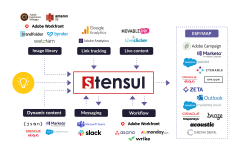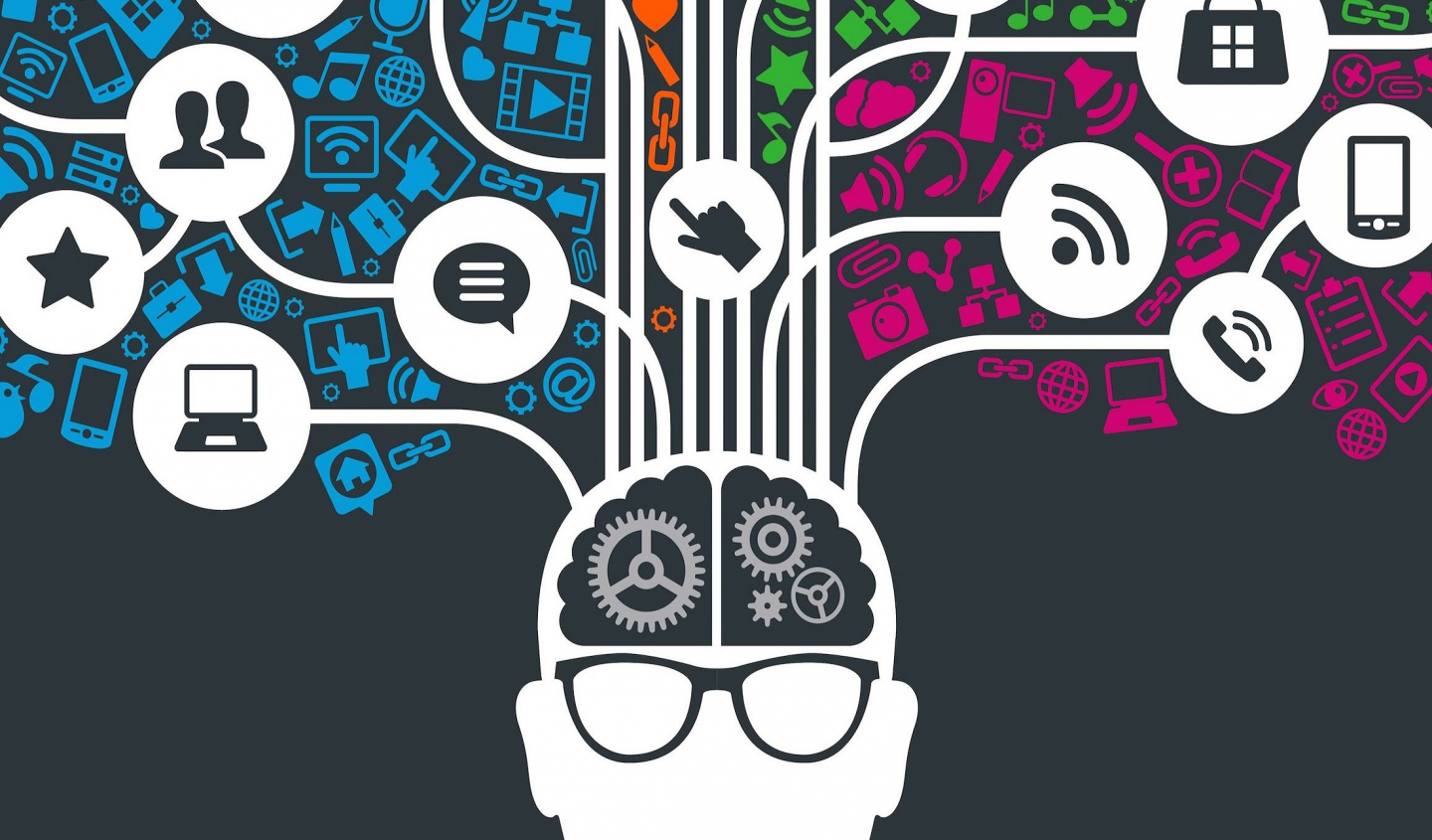Neuroscientist Carmen Simon Shares Tips For Creating Memorable Marketing Campaigns
- Written by Michael Rodriguez
- Published in Blog
Some of the best marketing campaigns are those that tell a story, resonate with audiences and leave a lasting impression. And as the digitalization of B2B marketing continues, marketers must evolve to adopt new tactics that drive audience engagement.
Corporate Visions, marketing and sales messaging, content and skills training company, recently hosted a webinar with Demand Gen Report that had left attendees with a new and unique view of how they tackle their marketing strategies. In the webcast, titled: How To Make Marketing Memorable: Separating Science From Science Fiction, Chief Science Officer and cognitive neuroscientist Dr. Carmen Simon explored how the brain identifies essential information and what marketers can do to make their marketing memorable.
During her presentation, Dr. Simon discussed:
- The need to identify the important information;
- How repetition is beneficial for messaging;
- How visuals impact engagement; and
- Why elaborating on concepts increases buyers’ understanding of messaging.
Identifying The Essentials For Stronger Messaging
According to Dr. Simon, the human brain is constantly gathering information by identifying the essential properties of features, objects and people. The human brain needs to visually see information in order to create memories, and she noted that this can be applied to marketing and sales content as well. The brain’s “need to see” helps buyers organize the essential information from a webinar or piece of content in order to create memories.
“When we are faced with various pieces of content in our environment, we will look to extract some permanent properties that can help us in the future,” Dr. Simon explained. “As you're reflecting on your own content, does your content enable your audience's brains to see what is essential? Does your content enable people to extract some enduring characteristics of something that they can use in the future where decisions are made? The moment that you help your audiences see what is essential about your content and about your world you are instantly memorable.”
Repeating Important Information Triggers Precision Memory
Dr. Simon also stressed the importance of targeting a buyer’s precision memory, which is built into the human brain through repetition, reinforcing an idea through consistent exposure and allowing stronger memories to take root. When it comes to content or presentations, she suggests reinforcing the most important information through repetition to help audiences absorb critical takeaways.
“It takes [a lot of] repetition, even in a very small window, for you to be in charge of a memory that you want to put in other people's brains,” Dr. Simon explained. “If you called members from your audience two days after exposure to a stimulus and you asked them what they remember, and what they told you was very close or almost identical to what you had in mind, you are in a very good spot.”
Dr. Simon cautioned that without targeting a buyer’s precision memory, marketers and salespeople may risk buyers forgetting the message, and even misattributing the message, as well.
“Precision memory is mandatory, especially if you operate in a highly competitive environment,” Dr. Simon said. “If people come to your content and they extract something, and they only remember the gist of it. If they then attend somebody else's webinar and get from the gist from there, the brain will not know who said what. Somebody else, like your competition, might get credit for your content. It’s important that you create not just memorable marketing but marketing that is remembered by somebody with precision and you are associated with that precision.”
Leveraging The Aesthetics Of Your Messaging
Another tactic for making memorable content is by improving the visuals of the content and webinars through images, shapes, color and scale to improve the buyer’s experience.
“When it comes to business content, what we are noticing is that there is a set of aesthetics criteria that all of us tend to find useful,” said Dr. Simon. “When you're using lines, shapes, scale or specific icons, you're enabling the brain to see what it is, and that's when the brain gets rewarded for noticing patterns.”
The aesthetics of content and webinars can also highlight the essentials marketing and sales want their buyers to remember. According to Dr. Simon, campaign visuals that are tailored to the buyer can drive more engagement in the future.
“When you have some of this aesthetic appreciation, what we are noticing scientifically is that that brain will process your content faster, easier and error-free. We also noticed that that business brain is willing to return to those [aesthetically pleasing] materials again … and who wouldn't want to have repeat customers?”
Elaborating On Your Message
The webinar also discussed the misconceptions around complex content in the B2B space, saying that marketing and sales need to provide additional information that supports the audience’s understanding of the concepts they are introduced to.
Dr. Simon explained that the brain produces theta waves when it sees something that is complex, forcing it to focus and create memories of that complex information. The more complex a business’ content and webinar essentials are, the more likely the buyers are to remember the key takeaways.
“An increase in theta waves told us that people were more alert and more focused during the complex videos,” Dr. Simon explained. “We noticed them in the parietal and the temporal lobes, which are areas that are responsible for housing our memories. It's really not all that bad for your brains as long as you keep it tamed because it's not the complexity that kills you in business content. It gives the brain a short set of rules that help it manage the complexity.”
Finally, Dr. Simon stressed that the more detailed and relatable content is, the more likely the buyer is to remember and understand.
“You need elaboration to help the brain see the essentials,” Dr. Simon stressed. “It's the extra details that will help you get there. In our research, less was definitely not more, because when we had a concept that was fairly abstract — such as digital transformation — we noticed that we needed some extra details and some elaboration to get the brain to really see what's going on.”
For more information about how neuroscience is influencing B2B marketing, check out the full webinar here. Corporate Visions will be back to host another webinar on September 16, 2020, that will cover the key traits and skills marketers need to foster memorable marketing and drive buying decisions. Learn more and register here.
Related items
-
 Stensul Marketing Creation Platform Seeks To Streamline Asset Collaboration & Creation
Stensul Marketing Creation Platform Seeks To Streamline Asset Collaboration & Creation
-
 Meet The Winners Of The 13th Annual Killer Content Awards
Meet The Winners Of The 13th Annual Killer Content Awards
-
 #B2BMX Day 3 Recap: Unraveling The Marketer’s Paradox To Enter The B2B Content Renaissance
#B2BMX Day 3 Recap: Unraveling The Marketer’s Paradox To Enter The B2B Content Renaissance
-
 #B2BMX24 Day 1 & 2 Recap: Crafting Immersive Content That Matches The Modern Buying Experience
#B2BMX24 Day 1 & 2 Recap: Crafting Immersive Content That Matches The Modern Buying Experience
-
 Agile Isn’t Enough For Sustainable Business Growth: How Brands Can Use Marketing Experimentation To Spur Continual Innovation
Agile Isn’t Enough For Sustainable Business Growth: How Brands Can Use Marketing Experimentation To Spur Continual Innovation




